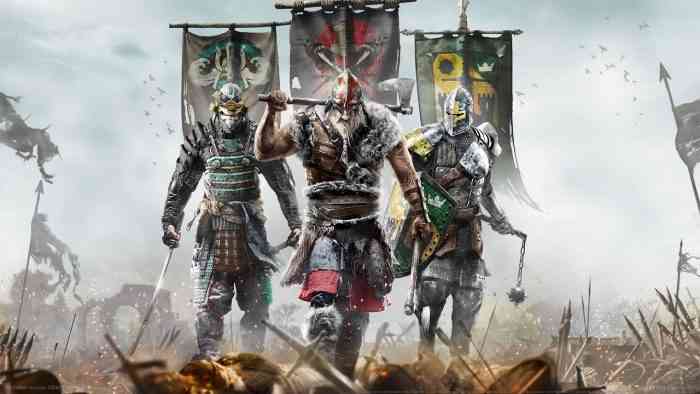A Response to the Analysis of For Honor’s In-game Currency System
Yesterday, we received an in-depth breakdown for the amount of time and money required to unlock all the items in Ubisoft’s For Honor. It amounted to years of gameplay investiture or hundreds of dollars. Of course, results varied depending on the player. But the calculation was based on the average player. Naturally, this story made the rounds and Ubisoft had a response to the equation. Get a bit of break down in the Warrior’s Den Weekly Podcast, starting at 24:01
Now obviously it seems peculiar that a game retailing at $60-$100 (Depending on extra content purchased) would ask more from the player. It has become a trend for companies to slyly pry money through the inconspicuous or blatant inclusion of microtransactions. Ubisoft has done this previously with the Assassin’s Creed franchise.
But director Damien Kieken defended For Honor’s case by referencing other big names, specifically MMORPGs like World of Warcraft and MOBAs like League of Legends. He argued that the game is designed to facilitate 1-3 character focuses per individual. No one can unlock all the items in such game, nor should they try. In essence, spend more money if you want everything within a reasonable time frame.
The gigantic problem with this comparison is the difference in pay structure, among other implementations. Games like League of Legends are free-to-play from the get-go and, like World of Warcraft, rewards players through streamlined packages of free content every now and again: characters, in-game currency, special events, dungeons, etc. Moreover, they have dedicated servers. Gameplay and environment promote a level of fairness without a necessary demand for in-game spending.
Kieken also made the argument that aesthetic additions are essentially end-game content. Committed players will ultimately progress to obtain all the ornaments, outfits, and more. That is understandable. However, the long and arduous gambit for steel, For Honor’s in-game currency, can result in much fewer items–therefore perks–than players who simply spend the money and receive all the items and their bonuses. Ultimately, this leads to PvP disadvantages since items that can be bought with money actually affect player performance, to the detriment of those who don’t spend money. And these engagements do take place since matchmaking is based on level instead of gear.

What is even more ironic about Kieken’s 1-3 character focus is that many “Orders,” the game’s bonus missions, require specific classes to complete for currency and experience. Assuming players even use three of the diverse array: Vanguard, Assassin, Tank, Hybrid, a fraction of orders (which are already scarce) are asking players to use four different characters.
For Honor is a unique, medieval-inspired fighting game infused with RPG elements. Considering the multiplayer and single-player aspects of the game, do you believe 1-3 character focuses is worth its asking price? Let us know in the comments. And for more of the latest gaming news, stick around.